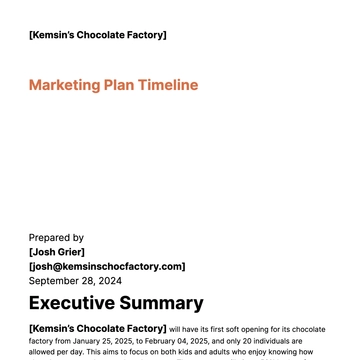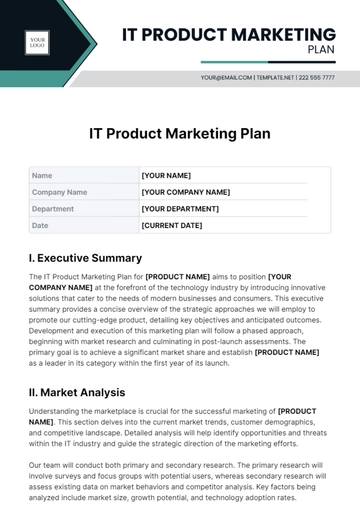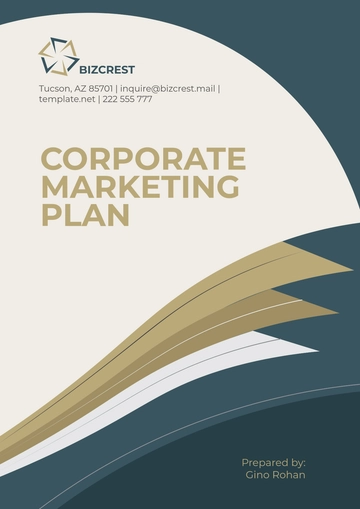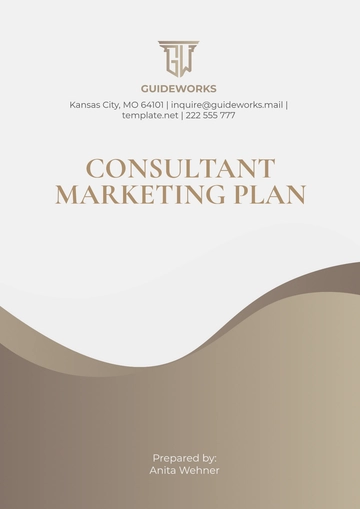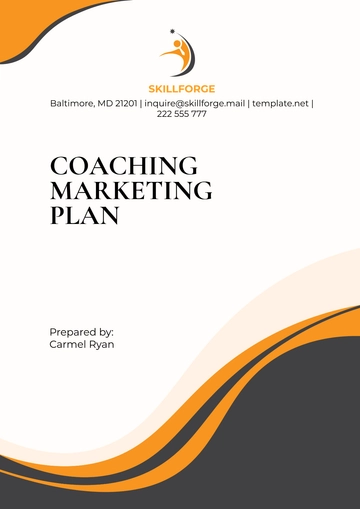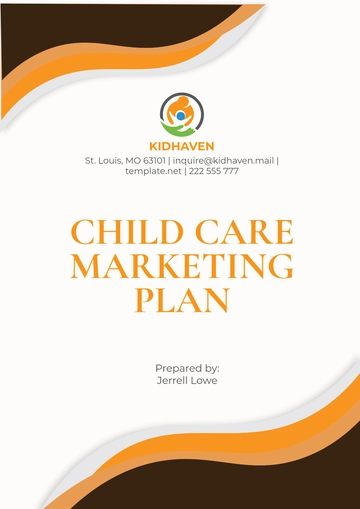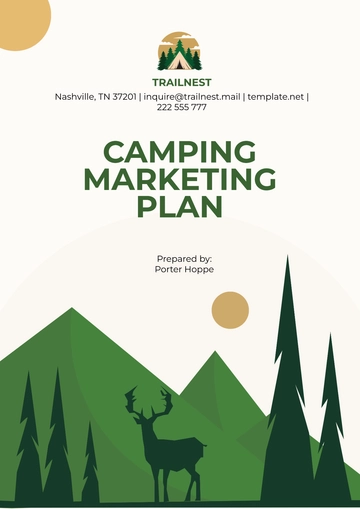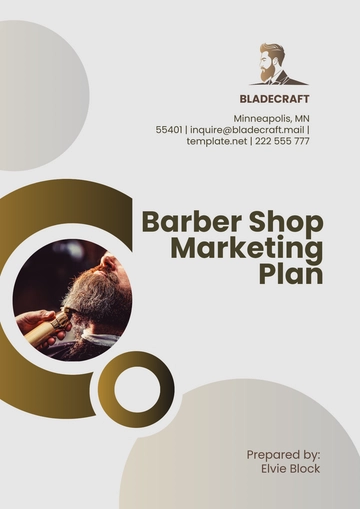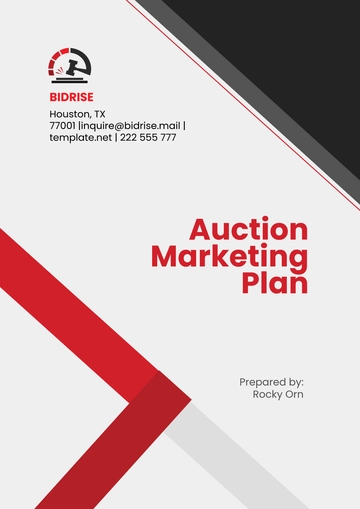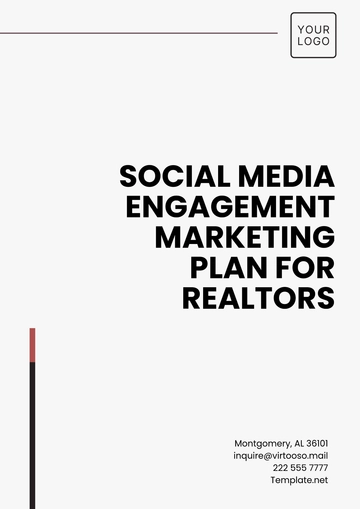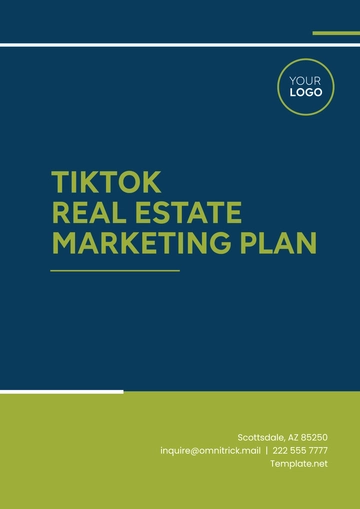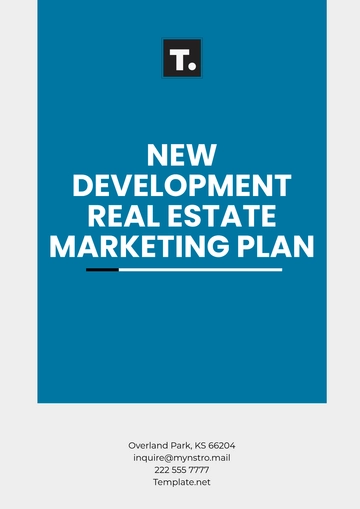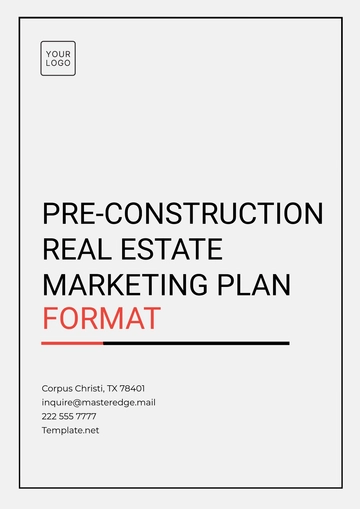Free Higher Education Marketing Plan
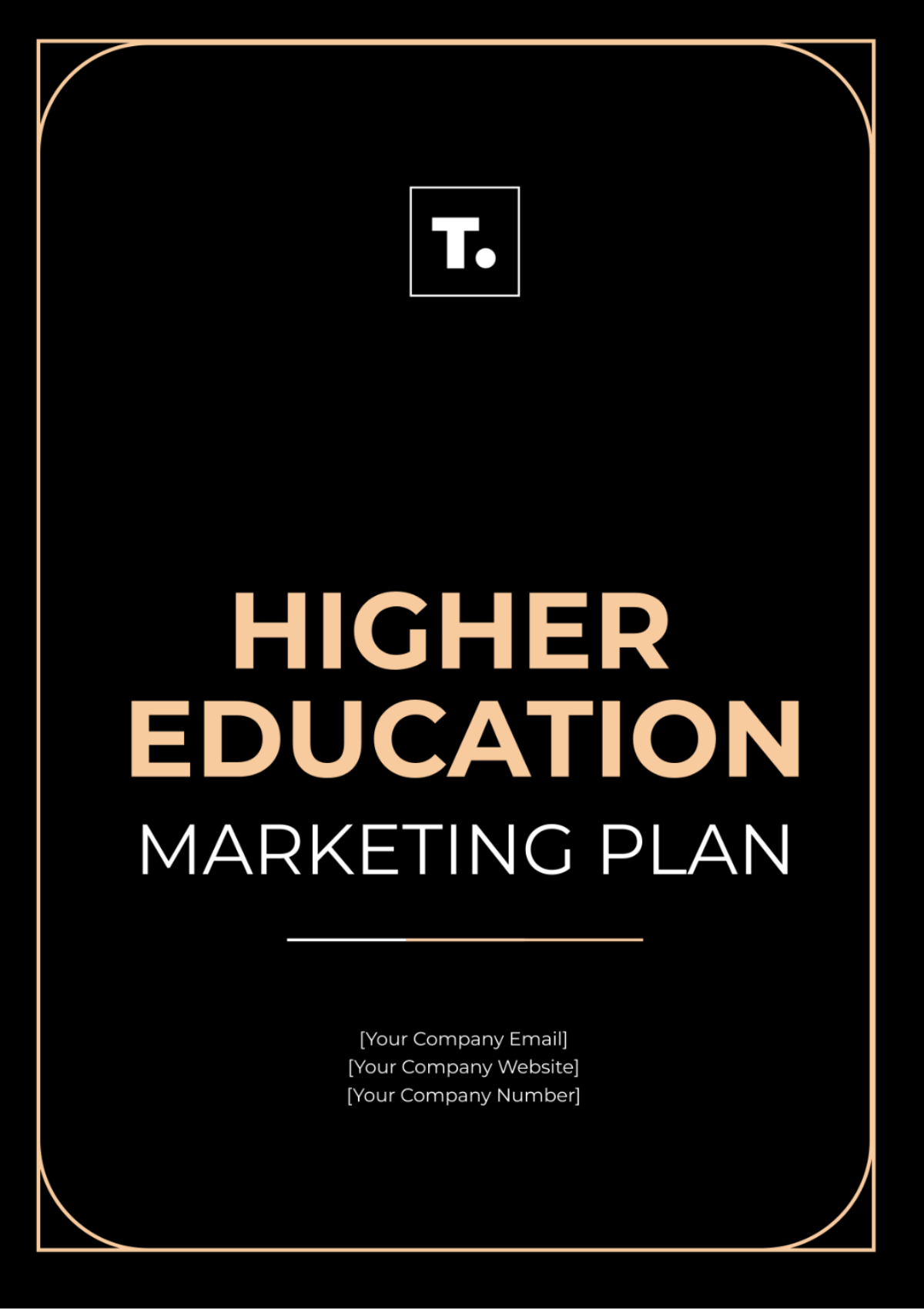
Prepared by: [YOUR NAME]
I. Executive Summary
[Your Company Name] is dedicated to providing high-quality education services. Our marketing plan aims to increase enrollment, enhance brand recognition, and strengthen community engagement. This document outlines our strategic initiatives, target audience, marketing channels, and budget considerations.
II. Marketing Objectives
Increase Enrollment: Achieve a 15% increase in student enrollment over the next academic year.
Enhance Brand Recognition: Improve brand awareness by 25% within 12 months.
Strengthen Community Engagement: Increase community partnership programs by 20% within one year.
III. Target Audience
Prospective Students: High school graduates, transfer students, adult learners.
Parents and Guardians: Key influencers in the decision-making process.
Educational Partners: High schools, community colleges, and industry partners.
IV. Competitive Analysis
[Your Company Name] has identified the following key competitors:
Competitor A: Strengths, weaknesses, market position.
Competitor B: Strengths, weaknesses, market position.
Competitor C: Strengths, weaknesses, market position.
V. Unique Selling Proposition (USP)
[Your Company Name] offers a unique educational experience with:
Innovative Programs: Cutting-edge curricula and technology integration.
Experienced Faculty: Highly qualified instructors with industry experience.
Flexible Learning Options: Online, hybrid, and in-person classes.
VI. Marketing Strategies
Content Marketing:
Develop blog posts, articles, and white papers relevant to prospective students.
Share success stories and testimonials from alumni.
Social Media Marketing:
Utilize platforms such as [Your Company Social Media] to engage with potential students.
Run targeted ad campaigns on Facebook, Instagram, and LinkedIn.
Email Marketing:
Create personalized email campaigns to nurture leads.
Send newsletters with updates, events, and success stories.
Events and Webinars:
Host open houses, virtual tours, and informational webinars.
Participate in education fairs and community events.
VII. Marketing Channels
Website: [Your Company Website] - Central hub for information and lead generation.
Social Media: [Your Company Social Media] - Engagement and brand awareness.
Email: Direct communication with prospects and partners.
Print Media: Brochures, flyers, and posters for local distribution.
VIII. Budget Allocation
Content Marketing: | 20% of total budget. |
Social Media Marketing: | 25% of total budget. |
Email Marketing: | 15% of total budget. |
Events and Webinars: | 30% of total budget. |
Miscellaneous: | 10% of total budget. |
IX. Timeline
Q1: Launch a new website, begin content marketing, and initiate email campaigns.
Q2: Roll out social media ad campaigns and host the first webinar.
Q3: Increase event participation, measure initial results, and adjust strategies.
Q4: Review annual performance, and finalize next year’s marketing plan.
X. Performance Metrics
Enrollment Numbers: Track and report monthly.
Website Traffic: Monitor using Google Analytics.
Social Media Engagement: Analyze likes, shares, comments, and followers.
Email Open Rates: Measure the effectiveness of email campaigns.
Event Attendance: Record participant numbers and feedback.
XI. Conclusion
[Your Company Name] is committed to achieving its marketing objectives through strategic initiatives and targeted campaigns. By leveraging our strengths and continuously analyzing our performance, we aim to increase enrollment, enhance brand recognition, and strengthen our community engagement.
- 100% Customizable, free editor
- Access 1 Million+ Templates, photo’s & graphics
- Download or share as a template
- Click and replace photos, graphics, text, backgrounds
- Resize, crop, AI write & more
- Access advanced editor
Attract and engage students with Template.net's Higher Education Marketing Plan Template. This editable and customizable resource provides strategic guidance to promote your institution effectively. Seamlessly tailor and refine details using our Ai Editor Tool, adapting the plan to meet your unique enrollment goals. Elevate your marketing efforts, exclusively on Template.net.

